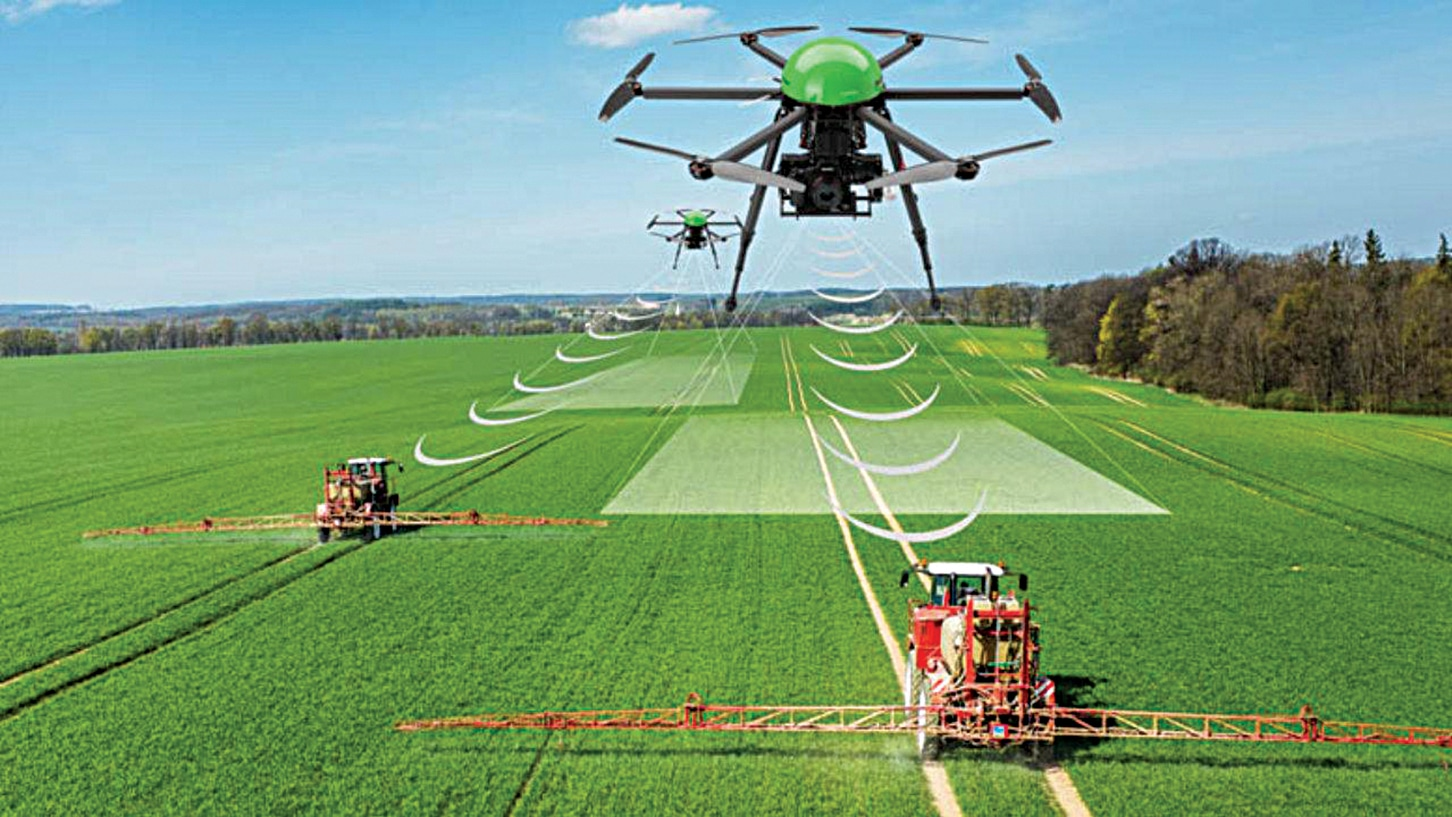The integration of technology into agriculture has transformed traditional farming practices, leading to improved productivity, sustainability, and resource management. One of the most promising technologies in modern agriculture is the laser distance sensor, which offers a range of benefits for precision farming and crop monitoring. These sensors, which measure distances with high accuracy using laser beams, are revolutionizing the way farmers monitor and manage their crops, soil, and overall farm operations. This article explores the applications of laser distance sensors in agriculture, focusing on their role in precision farming and crop monitoring.
Precision Farming: Enhancing Efficiency and Reducing Waste With Laser Distance Sensors
Precision farming is an advanced farming management concept that uses technology to optimize field-level management regarding crop farming. distance measuring sensors play a crucial role in this approach by providing precise measurements that enable farmers to make better-informed decisions about their operations. These sensors can be used for various purposes, such as monitoring crop height, detecting soil moisture levels, and assessing plant health.
By accurately measuring the distance between the sensor and the crop or ground surface, laser distance sensors help farmers assess the height of plants at different growth stages. This data can then be used to determine the optimal timing for harvesting or other activities like irrigation and fertilization. For instance, knowing the exact growth stage of crops like wheat or corn allows farmers to apply fertilizers or pesticides more effectively, ensuring that the right amount is used at the right time. This not only reduces waste but also lowers the environmental impact of farming.
Moreover, laser distance detector can help in the management of soil conditions. They can be used to measure the depth of soil erosion or to determine the unevenness of soil, which can affect water distribution and crop growth. With this data, farmers can use variable-rate technology to apply water, nutrients, and pesticides only where needed, which maximizes efficiency and reduces input costs.
Crop Monitoring: Real-Time Data for Better Decision Making About Laser Distance Sensors
In traditional farming, monitoring crop health and growth was a time-consuming and labor-intensive task. However, with laser distance sensors, farmers can now gather real-time data on crop conditions, enabling faster decision-making and improved management of farming practices. These sensors are particularly useful for monitoring plant height and detecting irregularities in growth, which can be indicators of underlying problems such as nutrient deficiencies or pest infestations.
Laser distance sensors are often integrated into automated systems, such as drones or robotic platforms, that can scan entire fields in a fraction of the time it would take for a human to do the same. This automation allows for continuous monitoring of crops over large areas, providing farmers with up-to-date insights on plant health. With the ability to track the growth rate and overall health of crops, farmers can make timely interventions to prevent issues from escalating, thus reducing the need for reactive treatments that can be costly and harmful to the environment.
For instance, if a laser distance sensor detects that certain areas of a crop field are growing slower than others, it could indicate that those areas are suffering from nutrient deficiency or poor irrigation. This insight allows the farmer to take targeted actions, such as applying fertilizers or adjusting irrigation systems, rather than treating the entire field indiscriminately.
Soil and Irrigation Management About Laser Distance Sensors
In precision agriculture, efficient water management is essential for optimizing crop yield while conserving valuable water resources. Laser distance sensors are increasingly being used to monitor soil moisture levels and manage irrigation systems effectively. These sensors can measure the distance between the soil surface and the sensor, helping farmers gauge the moisture content in the soil by assessing how the distance changes over time.
For example, in automated irrigation systems, laser sensors can be employed to assess the moisture content of the soil in real-time and adjust irrigation schedules accordingly. By ensuring that the soil receives the right amount of water at the right time, farmers can improve crop health, reduce water usage, and avoid overwatering, which can lead to waterlogging and root rot.
Furthermore, laser distance sensors are useful in monitoring the topography of fields, helping farmers understand how water drains across their land. By accurately measuring the contours and slopes of the soil, these sensors can inform decisions about the most effective placement of irrigation systems, ensuring that water is distributed evenly across the field.
Drones and Autonomous Vehicles: Expanding the Reach of Laser Distance Sensors
The integration of laser distance sensors with drones and autonomous vehicles is one of the most exciting developments in precision farming. Drones equipped with laser sensors can fly over large fields and collect data on crop height, plant density, and terrain conditions. These UAVs (unmanned aerial vehicles) are capable of scanning thousands of acres in a short amount of time, providing farmers with detailed, real-time insights that would be difficult to obtain manually.
Autonomous vehicles, such as tractors and harvesters, can also benefit from laser distance sensors. These vehicles can be equipped with sensors to measure distances to obstacles, ensuring safe navigation around the farm. In addition, laser sensors can help these vehicles assess the distance to crops, allowing them to carry out tasks such as planting, weeding, and harvesting with high precision.
By combining laser sensors with autonomous machinery, farmers can improve the efficiency of their operations, reduce labor costs, and minimize the environmental impact of their activities. These systems also help reduce human error and allow for continuous, 24/7 monitoring and operation, even in challenging weather conditions.

